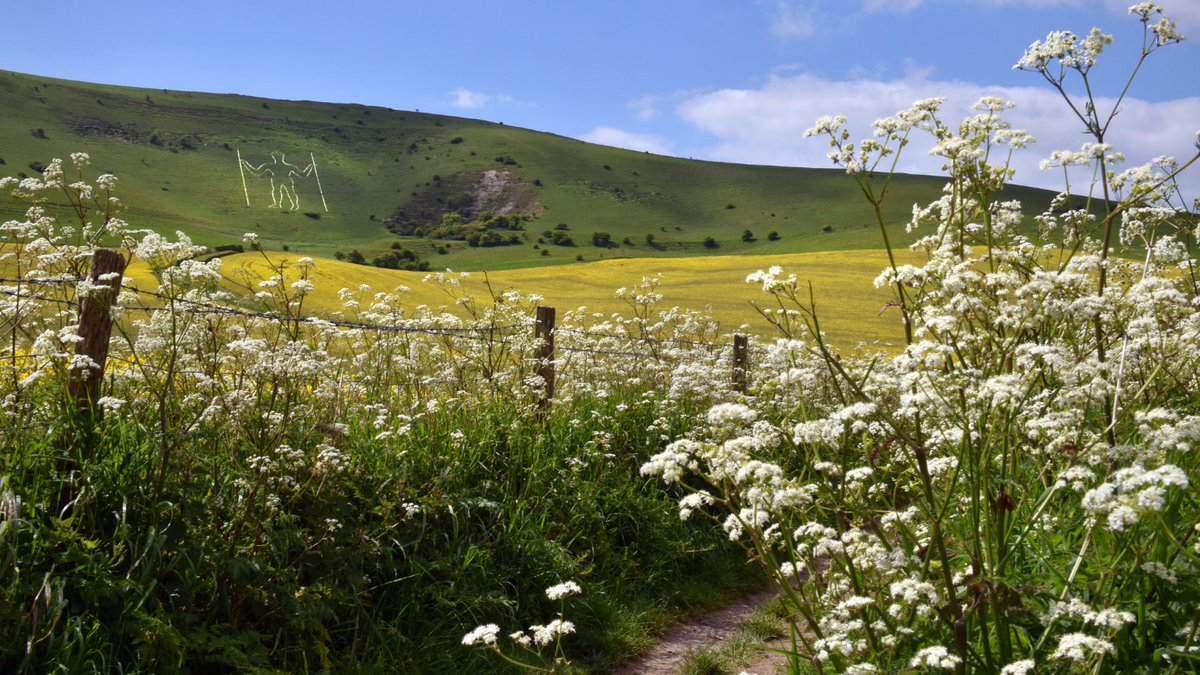
Here’s a thing about detail and why it matters. Defra missed the deadline for setting Environment Act targets on Oct 28. But they have suggested a bunch of targets in the consultation and there’s a REALLY important target missing.
In a nutshell, as it stands, there is NO proposed target for improving the condition of protected sites such as sites of special scientific interest (SSSIs), special protection areas (SPAs) and special areas of conservation (SACs).

And the condition of these? Well, for SSSIs in 2021 62 per cent were in an unfavourable condition by Natural England’s calculation.

And before you ask – any protected site in an agri-environment scheme gets assigned to “unfavourable recovering” automatically, whether they are or not. And that’s quite a few.
And as SSSIs underpin SACs and SPAs, the same condition can be extended to these.
It's pretty poor. And yet these SHOULD be the backbone of any plan to restore nature in England. They are supposedly our very best sites!
The Government accepts this in the targets consultation, but says it will be dealt with in the Nature Recovery Green paper – ie the Nature Bill. But that isn’t even on the agenda for this parliament. And the clock is ticking – we have 8 years left to restore 30 per cent of land by 2030.
Could it be, perhaps, that a legal target for protected sites conflicts with the deregulation agenda? The potential removal of legal site protections under the Retained EU Law (REUL) Bill, for instance?
Well, probably, yes! If the targets, when published, miss a target for protected sites it will be a major failing. And THIS is the detail that it needs to be judged on.
You cannot restore nature with fine words. You need stated ambition, of course, but you also need to have the means to achieve that. And without proper site protection … you simply can’t. Simple as that.
And here’s the issue with the lack of detail. The Environment Act and a “nature recovery target” that might not be a recovery target at all.
One target the the Environment Act consultation suggests is this:
halt the decline in species abundance by 2030:
increase species abundance by at least 10 per cent by 2042, compared to 2030 levels.

So, halting decline of species abundance is a good aim.
Just to give context .. here's a graph for priority species:
Source:

That’s not great … and is why the UK ranks as one of the most nature depleted countries in the world.

But – the first target is just to HALT the decline by 2030.
Which means wildlife abundance could continue to decline over the next 8 years.
Which at 2 per cent average decline per year (the number actually given in the consultation document) means allowing a further decline of up to 16 per cent.
Or some other figure. But lets face it, on the current progress it’s likely to be a lower abundance than now.
So why on earth set 2030 as the baseline for a future increase of 10 per cent to 2042?
That could mean, potentially, legally binding the UK Government to a lower species abundance in 2042 than today!
Which means it’s not actually a recovery target at all!
Of course UK Gov would say this is minimums etc, but why not set some actual ambition?
Why not set 2022 as the baseline (which is a known) and go for a much bigger percentage increase for 2042? “At least 10 per cent” – is that the best we can do?
In fact, I know it was not included in the Act, but why on earth not “halt and REVERSE” declines in species abundance by 2030.
And then cost it into the mechanisms by which this will be achieved, such as ensuring good protected site condition, and properly funding nature through an ambitious ELMS – given 71 per cent of our land is farmland (with £££ for outcomes linked to targets).
This is one of the many things to look out for when Defra publish their targets.
And one of the ways of measuring the rhetoric against the reality of what's on the table.
Don’t get me wrong – the fact that we have an Environment Act is great, but for it to support delivery of “the most ambitious environmental programmed of any country on earth” it’s going to have some properly big numbers in it and the means to deliver these.

You can follow Tony on Twitter: @TonyDartmoor.





